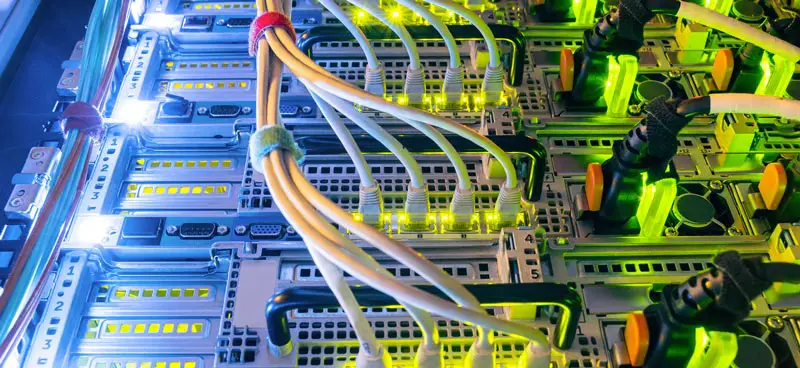
In today’s world, where businesses operate globally, it is crucial to have fast and reliable servers to ensure the smooth functioning of your website or application. With the growing demand for high-speed servers, the 10Gbps unmetered dedicated servers have become the go-to option for businesses that require fast and reliable hosting. Having said that, it is essential to check that the host you are utilizing genuinely provides the speed that was promised. We’ll take a look at how to test the speed and performance of a 10Gbps server in this post, as well as why it’s so important to verify the server’s speed in the first place.
Table of Contents
Why Check the Speed of 10Gbps Unmetered Dedicated Servers?
When you sign up for a 10Gbps unmetered dedicated server, you expect to get a server that can handle large amounts of traffic and provide lightning-fast speeds. However, some providers may deceive their customers by providing servers with less than the promised 10Gbps speed. It’s important to verify that the server you’re using is actually providing the promised speed, as it can impact the performance of your website or application. If the server is not delivering the expected speed, it can result in slower page loading times, increased latency, and poor user experience, which can negatively affect your business.
How to Test the Speed and Performance of a 10Gbps Server?
To ensure that your server is delivering the expected speed, you need to perform some speed tests. Here are some ways to test the speed and performance of a 10Gbps host:
1. Use a Server Bandwidth Calculator
One way to estimate the required bandwidth of your server – use the server bandwidth calculator. This tool can convert Gbit/s to terabytes of data (per day/week/month). Using the bandwidth calculator, you can get an estimate of the speed your server should provide.
There are various bandwidth calculator tools available online, such as the server bandwidth calculator Tool by Vsys.host. This tool calculates how much is consumed during the described period at maximum speed.
Note. It is important to note that the bandwidth calculator can only give a rough estimate of the technical parameters. Actual data may vary depending on various factors such as the distance between the host and the user, the number of users accessing the server, and the type of application or website hosted.
2. Conduct Speed Tests
Another way to test the speed and performance of your server is by conducting speed tests. Speed tests measure the actual speed that your server is delivering by sending and receiving data packets. There are various speed test tools available online, such as Speedtest.net, that allow you to test the speed of your host.
When conducting speed tests, it’s important to ensure that you’re using a reliable and accurate speed test tool. You should also test the speed at different times of the day and from different locations to get a better understanding of the server’s performance.
3. Monitor the Server’s Performance
Apart from conducting speed tests, it’s also essential to monitor the server’s performance regularly. This includes monitoring the server’s uptime, response time, and server load. By monitoring the server’s performance, you can identify any issues that may be affecting the server’s speed and performance.
Conclusion
In today’s fast-paced world, having a high-speed server is essential for businesses that require fast and reliable hosting. When signing up for a 10Gbps unmetered dedicated server, it’s crucial to ensure that the server is delivering the promised speed. By using a bandwidth calculator, conducting speed tests, and monitoring the server’s performance, you can ensure that your host is delivering the expected speed and providing the best performance for your website or application.
It’s important to note that some providers may offer “fake” 10Gbps servers, which can impact the server’s speed and performance. Providers may achieve this by overselling the network bandwidth or using shared network resources, which can result in slower speeds during peak usage times. It’s essential to choose a provider that offers genuine 10Gbps unmetered dedicated servers and has a reputation for delivering reliable and fast hosting solutions.
In conclusion, testing the speed and performance of a 10Gbps unmetered dedicated host is essential to ensure that your website or application is performing optimally. By using a bandwidth calculator, conducting speed tests, and monitoring the server’s performance, you can ensure that your server is delivering the expected speed and providing the best performance for your users. It’s also essential to choose a provider that offers genuine 10Gbps unmetered dedicated servers and has a reputation for delivering reliable and fast hosting solutions. By following these best practices, you can ensure that your website or application is always performing at its best.

